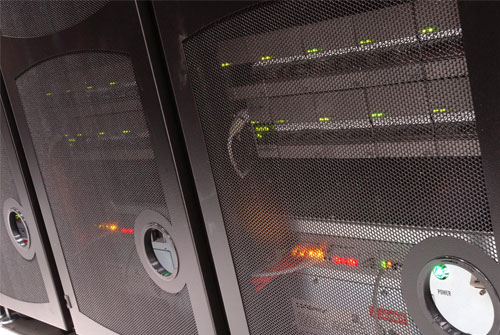FAQ: Filesystems and IO
This section deals with access to the filesystems on HECToR.
- What is my disk quota on HECToR?
- Which of the disk partitions on HECToR are backed up?
- I will be generating a large amount of data. Can this be written to tape?
- How can I make sure the files I write on HECToR can be read on other systems?
- Q. What is my disk quota on HECToR?
-
A. Use the lfs command in
/work:lfs quota -g groupid /work. For more specific budget information, check your account on the SAFE. - Q. Which of the disk partitions on HECToR are backed up?
-
A. The data on
/homewill be backed up, but/workwill not. - Q. I will be generating a large amount of data. Can this be written to tape?
-
A. Yes. The archive mechanism is based on the incumbent backup product, Symantec's Enterprise NetBackup. The HECToR archive consists of 1300 800GB tapes, with a max capacity of approximately 1.02 PetaBytes
The archiver can be used in two ways:
- The first is based on moving files into an archive area. Any file placed into the directory ARCH in your "work" directory will be archived during the archive run. Files placed into ARCH2 will be archived twice (for additional security).
- The second is a command line interface that users can use to archive files directly from their original location.
Note: you can only access the archiver from the HECToR "work" filesystem. Any files that you wish to archive must therefore be placed on the "work" filesystem prior to archiving. Similarly, data from the archive can only be restored to the "work" filesystem.
The archival tool that performs the scheduled archive functions will also serve requests over the network from the Client Side tools. These tools backup files and directories as and when you request it. They also service retrievals, queries and deletions. The Client Side tools are accessible from all the HECToR login nodes.
More about the archiver: http://www.hector.ac.uk/support/documentation/guides/archiver/
- Q. How can I make sure the files I write on HECToR can be read on other systems?
-
A. Before launching into production runs, do some simple tests on the various systems you use to make sure that the files can be read. Consider using a portable data format such as netCDF or HDF to help ensure longer term portability. See the data management Good Practice Guide for IO for further details.
